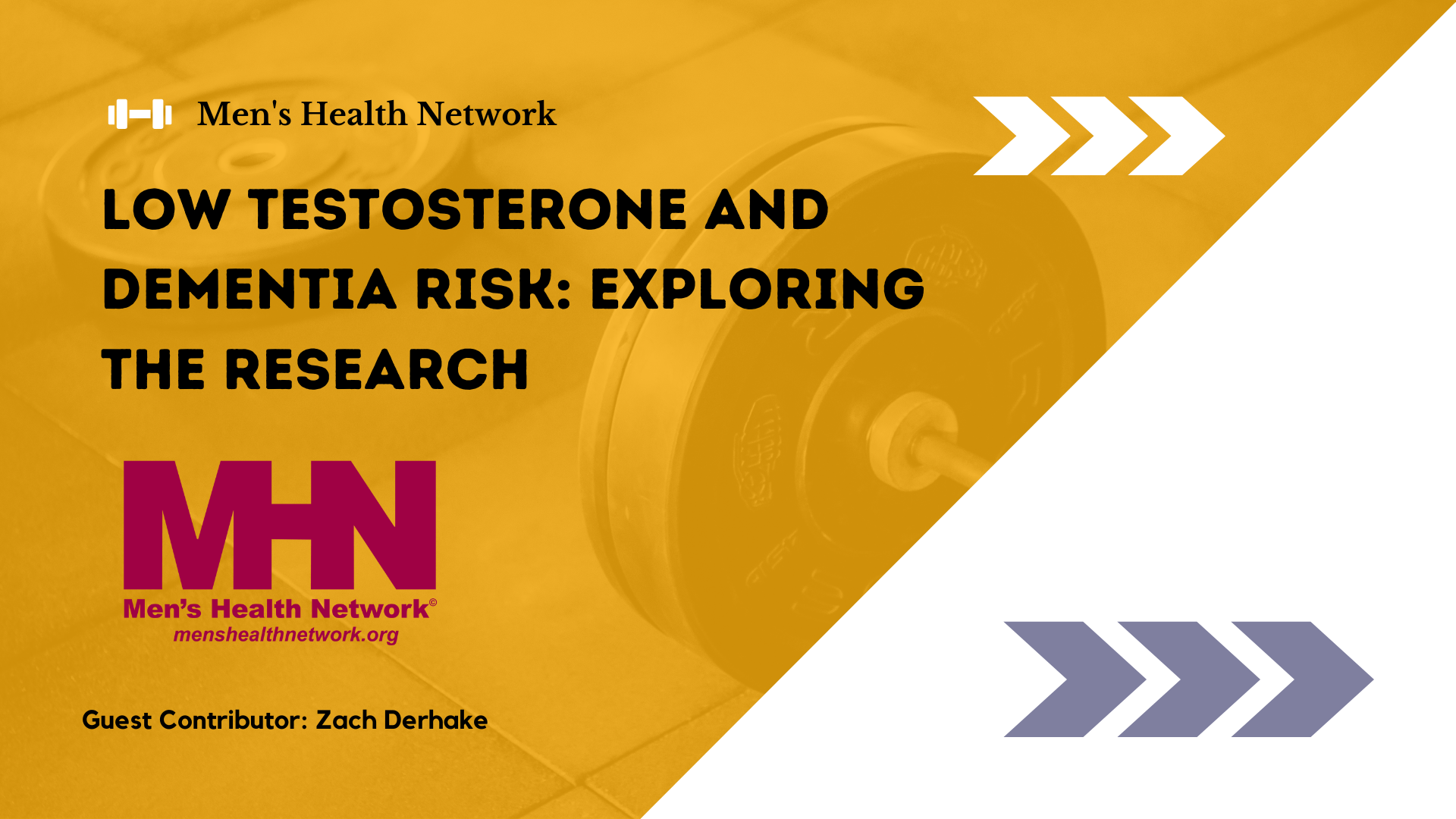The most tragic indictor of a world out of balance is the suicide rate in males. At every age, males take their own lives at rates much higher than females:
- Male 10 to 14-year-olds have suicide rates 1.8 times higher than females
- Male 15 to 19-year-olds have suicide rates 4.0 times higher than females.
During the adult years the rates vary between 3.0 to 5.4 times higher for males than for females.
In the later years, 65 to 74-year-old male suicide rates sky-rockets to 6.3 times higher than females; 75-84 males have rates 7.0 times higher than females; and for those over 85, the rate is an astonishing 17.5 times higher for males than for females.
I’ve asked myself why young males are so depressed they are killing themselves when they have their whole lives ahead of them and why older men feel life is no longer worth living when they are at the top of their game and could be appreciating their successes and passing on what they’ve learned to future generations of males? My conclusion is that males are disconnected from themselves, from other males, from our male heritage, and from the community of life on earth.
In his book, Lost Connections: Uncovering the Real Causes of Depression—And the Unexpected Solutions, Johann Hari says that the primary cause of our increase in male depression and suicide is not disordered brain chemistry, but our disconnection from critical aspects of life, including from:
- Meaningful work.
- Other people.
- Meaningful values.
- Recognizing our childhood trauma.
- Status and respect.
- A hopeful and secure future.
- The natural world.
The last disconnection is particularly critical since it sets in motion the other losses and if not remedied soon may cause our children and grandchildren to grow up in a world where humans are increasingly separate from the community of life and vulnerable to becoming the another one of the many species that are becoming extinct.
For most of our evolutionary history, we saw ourselves as an integral part of nature, intimately connected within the web of life. In his seminal and iconoclastic book, Ismael, Daniel Quinn described two cultural stories that have been competing with each other. The old story was that all life was connected and there was no need for one species to dominate another. Quinn called those who live by this story, in harmony with nature, Leavers. With the advent of large-scale agriculture, 6,000 to 10,000 years ago, (what biologist Jared Diamond called “the worst mistake in the history of the human race”), a new story was enacted by people who saw themselves as separate from nature. They imagined it was their job to dominate and control the earth for the benefit of mankind. These people Quinn called Takers.
The Taker-story is now in danger of creating lonely, disconnected, people who may bring about the end of the human race. Thomas Berry was a priest, a “geologian,” and a historian of religions. He reminds us, “We never knew enough, nor were we sufficiently intimate with all our cousins in the great family of the earth, nor could we listen to the various creatures of the earth, each telling their own story. The time has now come, however, when we will listen or we will die.”
Males have been part of the Leaver story since the first male, single-celled, animals evolved 1 billion years ago, continuing through our reptilian history, our male dinosaurs, and early mammals. Let’s now explore our connections to our closest relatives the chimpanzees. In Jared Diamond’s book The Third Chimpanzee, he addresses a major puzzle that emerged in the 1980’s from studies of DNA. Diamond says:
“We routinely draw a fundamental distinction between humans and animals. Although it’s been clear since Darwin that humans evolved from animals, and that our closest animal relatives are the African great apes (the chimpanzees and gorillas), the enormous differences between us and (other) animals would have made it a reasonable guess that we shared even with chimpanzees and gorillas only a small fraction of our DNA: 20%? 40%? 65%? Then came the bombshell of DNA studies of the 1980’s: humans and chimpanzees share more than 98% of their DNA!.”
Modern science is bringing us back to the Leaver story, that reminds us that our survival depends on our recognition that we are part of nature, not the dominant species whose job it is to control all the others so that this pinnacle species can take more and more from the community of life.
The Taker story makes as much sense as one in which the brain decided it was the dominant organ in the human body and its job was to take whatever it needed from the other organs. “Hey, I’m top dog here and you other organs must serve me and only me.” Of course, no real brain would ever do that, but if it did, the kidneys would fail, the lungs would become diseased, the rest of the organ systems would shut down and the organism would die.
Can we get smart enough to re-remember our true place in nature? Can we accept that we are not Gods that get to decide what’s best for all of nature? Can we embrace being the third chimpanzee, closely related to the common chimpanzee and the bonobo?
Rather than our kinship diminishing us, I believe it can give us great comfort and joy. We can know that we are part of a male ancestry that goes back a billion years. We are strong, powerful, and have a lot of males through evolutionary history who are wise and can pass their wisdom on to us. As Thomas Berry reminds us, “The time has now come when we will listen or we will die.”
I’d like to introduce you to three organizations that are doing great work to bring us together to embrace and support each other at this transition time in human history.
The Good Men Project was founded by Tom Matlack in 2009. Tom set out to collect stories about the defining moments in men’s lives. What he discovered was that the connected idea between all the stories of the men Tom talked to was that there was a moment when each man “woke up, looked in the mirror and said ‘I thought I knew what it meant to be a man. I thought I knew what it meant to be good. And I realize that I don’t know either.’”
“The Good Men Project is a glimpse of what enlightened masculinity might look like in the 21st century,” the press raved when they launched. They now have thousands of writers (I’m proud to be one who has been writing for GMP since the beginning) and have over 3 million visitors coming to join in every month.
Evryman is a global community of men who come together to challenge and assist one another in personal growth. Their mission is to inspire and create a movement that redefines what it means to be a man. “We created Evryman so we could impact generations of men, to help them become better men, better partners, and raise better sons and change the culture of what it means to be a man. We believe men can and should be living more purposeful, connected and fulfilling lives. Men should be in touch with everything they feel, what they want, and learn to fully experience and express their needs and desires in a supportive culture and community.
Roman Health is an on-line health program for men. “Men’s health, and more precisely the relationship men have with their health, is broken,” they say. “How we diagnose it, how we talk about it, how we feel about it, how we communicate it, how we suffer with it, how we ignore it, and how we deal with it has to change. So, we’re fixing things. Because, as society has proclaimed, men like fixing things.”
This article first appeared on Jed’s blog.
Photo by mwangi gatheca on Unsplash




